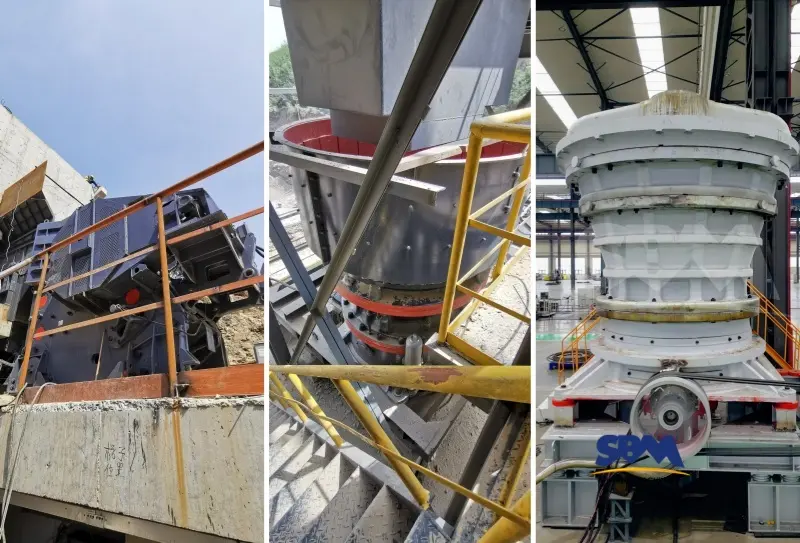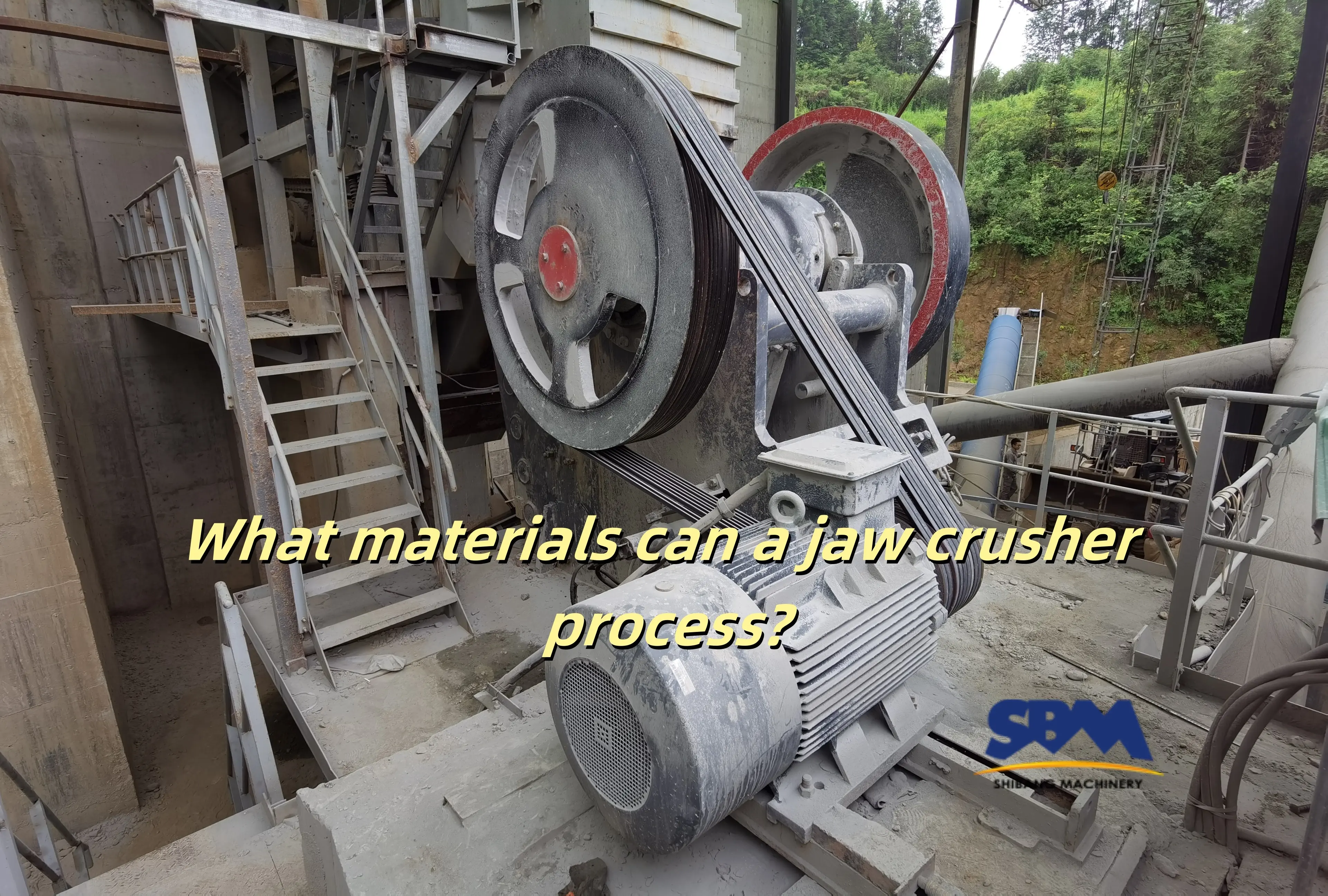Surel: [email protected]
Bagaimana jaw crusher vs. Peralatan penghancur utama lainnya?
Dari sabuk bijih besi Australia ke pasir minyak Kanada, Jaw Crusher dan (atau Vs.) Peralatan penghancur primer lainnya menentukan keberhasilan operasional. Sedangkan crusher girrator dan dampak memiliki peran niche, jaw crushers remain the unshakable foundation of mining for hard materials. Let’s analyze their real-world advantages through operational data and unexpected case studies.
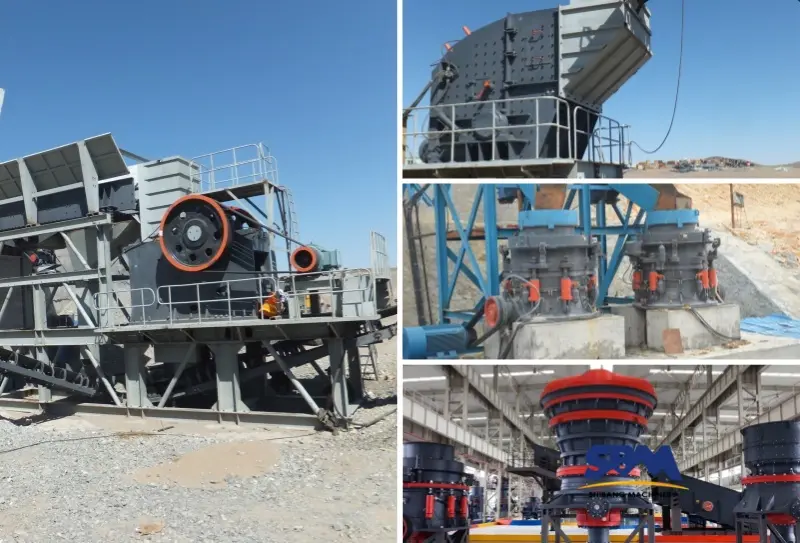
Understanding Primary Crushing Equipment
Primary crushing equipment reduce large raw materials into manageable sizes for downstream processing. Common types include:
- Jawala Jaw: Use compressive force via fixed and movable jaw plates.
- Gyratory crushers: use cones to break materials in a circular motion.
- Impact crushers: use hammers or hammer bars to break materials by rotating at high speeds.
Each type excels in specific situations. Misalnya, penghancur rahang (applications) excel at hard rock mining. Impact crushers are better for softer materials such as limestone.
The Hidden Cost of Primary Crusher Selection
1. Upfront vs. Lifetime Costs
A 2023 study by MiningTech Analytics compared jaw and gyratory crushers across 12 Canadian copper mines:
- Jaw crushers: 1.2Minitialcost, 180k/year maintenance
- Gyratory crushers: 2.8Minitialcost, 420k/year maintenance
Key insight: Jaw units saved $1.3M per 5-year lifecycle despite lower hourly capacity (600 vs. 1,200 tph).
2. The Mobility Requirements
Norway’s LNS Gruppen revolutionized temporary mining sites using mobile jaw crusher:
- 48-hour setup vs 3 weeks for fixed gyratory systems
- Fuel efficiency: 22L/h vs 55L/h for equivalent impact crushers
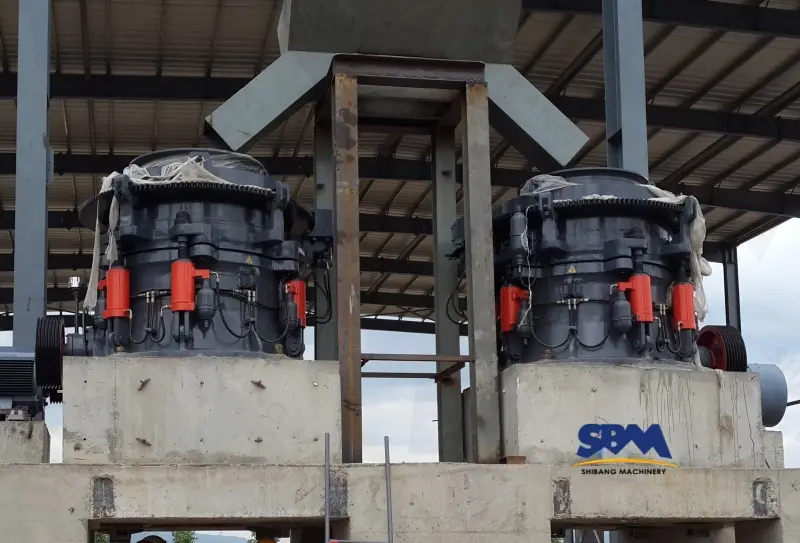
Jaw Crushers vs. Cone Crushers: A Clash of Titans
1. Prinsip bekerja
- Jaw Crushers: Rely on compression to break materials.
- Cone Crushers: Use rotating mantle and concave liners to apply pressure and shear force.
2. Material Handling
- Jaw crushers excel with hard, brittle materials (MISALNYA., kuarsa, basal).
- Cone crushers are better for medium-hard to hard rocks (MISALNYA., batu gamping, dolomit) and produce finer outputs.
3. Cost Comparison
While cone crushers offer higher reduction ratios, their upfront costs and maintenance expenses are steeper. Misalnya, a cone crusher in Australia’s iron ore mines costs 40% more to operate annually than a jaw crusher, despite its superior output.
Impact Crushers vs. Jawala Jaw: Speed vs. Strength
1. Pertunjukan
- Impact Crushers: Use rotating hammers to shatter materials through impact. Ideal for softer, fibrous materials like limestone or coal.
- Jaw Crushers: Better for tough, dense materials requiring heavy compression.
2. Aplikasi
In Western Australia’s mining sector, impact crushers are preferred for processing coal, where particle shape matters. Sementara itu, jaw crushers handle the initial crushing of hard rock before feeding secondary crushers.
3. Drawbacks
Impact crushers generate more dust and noise, raising environmental concerns. Jaw crushers, while quieter, require periodic replacement of jaw plates.
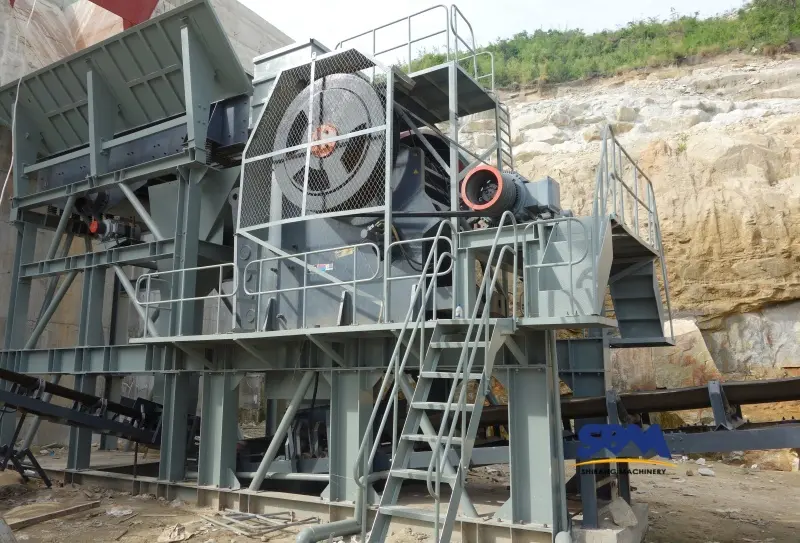
Jaw Crusher vs. Alternatives: 2 Unexpected Battlegrounds
Battle 1: Wet Material Processing
Conventional wisdom: Impact crushers dominate here
Reality: South Africa’s De Beers Group modified jaw crushers with heated plates to process diamond-bearing kimberlite at 18% kadar air.
Technical hack:
- Added tungsten carbide inserts on jaw plates (one of Key Jaw Crusher Components)
- Reduced downtime from 6 hours/day to 45 menit
Battle 2: Ultra-Hard Rock Crushing
Chile’s Codelco Andina mine tested three crushers on copper porphyry (320 MPa hardness):
| Metrik | Penghancur Rahang | Gyratory | Penghancur Dampak |
|---|---|---|---|
| Wear part cost | $0.18/ton | $0.31/ton | $0.42/ton |
| Energy use | 2.1 kWh/t | 1.8 kWh/t | 3.4 kWh/t |
Kesimpulan: Jaw crushers offered best total cost despite higher energy use.
When to Choose Alternatives: Data-Driven Exceptions
Kasus 1: High-Volume Oil Sands (Alberta, Kanada)
Syncrude’s Aurora Mine uses gyratory crushers for:
- Continuous 14,000 tph processing
- Automated tramp iron protection
Why not jaw crushers?
- Requires 6+ units for equivalent capacity
- Higher per-ton maintenance costs at scale
Kasus 2: Urban Concrete Recycling (Tokyo, Japan)
Taisei Corporation’s mobile impact crushers:
- Process 500 tph of mixed demolition waste
- Magnetic separators remove rebar automatically
Jaw crusher limitation:
- No built-in separation for contaminants
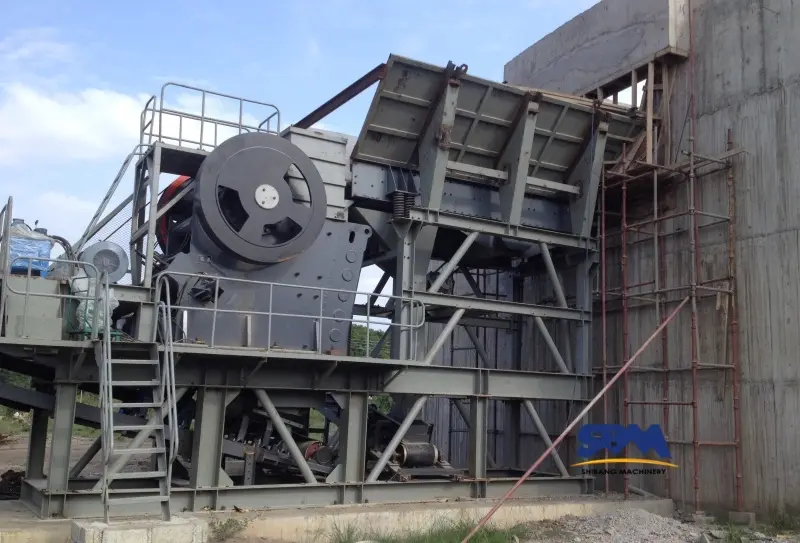
Studi Kasus Global: Jaw Crushers in Action
Kasus 1: Iron Ore Processing in Australia
A Pilbara mining operation replaced its aging gyratory crushers with sbm jaw crushers. The result? A 20% reduction in energy costs and streamlined maintenance due to modular components.
Kasus 2: Marampa Iron Ore Project (Sierra Leone)
A 900-tonne gyratory crusher was integrated with jaw crushers to process high-grade iron ore. The jaw crushers handled primary crushing, reducing feed size from 1.2m to 150mm, ensuring smooth downstream processing.
Kasus 3: Cayman Islands Quarry
The Ironshore Quarry uses a customized jaw crusher to process tough limestone. Its robust design minimizes downtime, critical for remote island operations.
Beyond the Spec Sheet
While jaw crushers dominate hard rock scenarios, smart operators blend equipment:
- Use jaw units for primary reduction
- Add components of impact crushers for final shaping
- Integrate mobile units for flexible operations
The true advantage lies in jaw crushers’ adaptability – from heated plates in diamond mines to AI-driven maintenance in copper operations. As mining faces tougher ores and tighter margins, this versatility cements their role as the unshakable foundation of mining.
Kantor Pusat
ada apa:+8615225176731
Surel: [email protected]
Alamat: TIDAK. 1688, Jalan Timur Gaoke, Kabupaten baru Pudong, Shanghai, Cina.
Situs web: https://www.mill-sbm.com/
Isi Artikel
Tulisan Terbaru
- Bagaimana jaw crusher vs. Peralatan penghancur utama lainnya?Dari sabuk bijih besi Australia ke pasir minyak Kanada, Jaw Crusher dan (atau Vs.) Peralatan penghancur primer lainnya menentukan keberhasilan operasional. Sedangkan crusher girrator dan dampak memiliki peran niche, rahang…
- Apa keterbatasan penghancur rahang? – Panduan komprehensifMengatasi keterbatasan penghancur rahang sangat penting untuk memaksimalkan efisiensi dan menghindari kesalahan operasi. Berikut ini akan memandu Anda melalui keterbatasan utama seorang penghancur rahang dan…
- Di luar batu: Bahan -bahan yang mengejutkan yang dapat diproses oleh penghancur rahangKetika “Rock Crusher” mungkin menyulap gambar pegunungan granit, Bahan Proses Proses Jaw baru yang akan mengejutkan bahkan insinyur berpengalaman. Mari kita periksa kemampuan mereka yang sebenarnya melalui data operasional global dan ...

